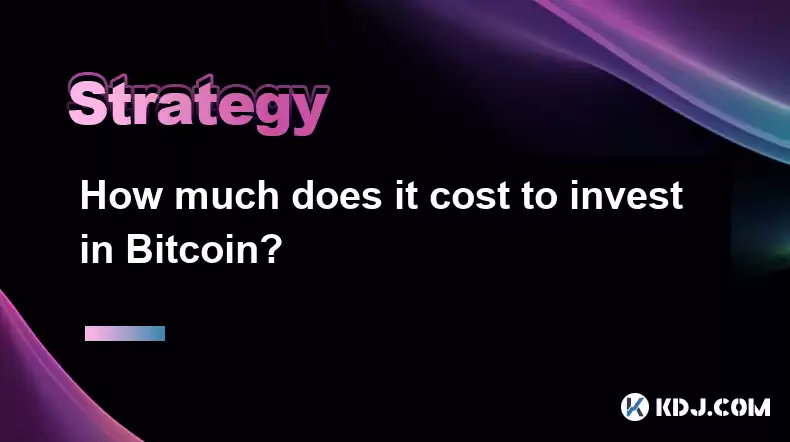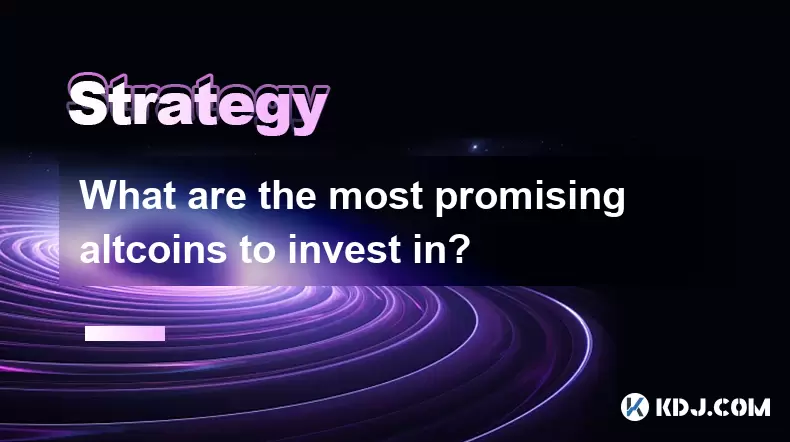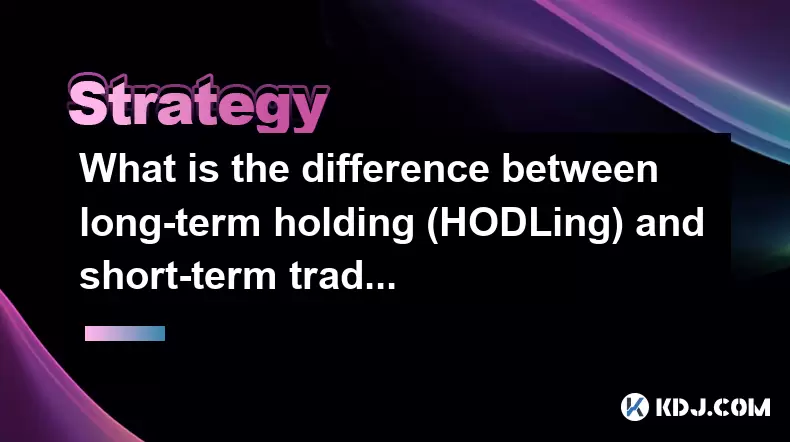-
 Bitcoin
Bitcoin $117800
0.42% -
 Ethereum
Ethereum $4436
0.39% -
 XRP
XRP $3.106
0.86% -
 Tether USDt
Tether USDt $1.001
0.04% -
 BNB
BNB $835.4
1.26% -
 Solana
Solana $188.8
2.21% -
 USDC
USDC $0.9999
0.00% -
 Dogecoin
Dogecoin $0.2302
2.98% -
 TRON
TRON $0.3484
-1.05% -
 Cardano
Cardano $0.9212
-1.20% -
 Hyperliquid
Hyperliquid $46.77
-0.77% -
 Chainlink
Chainlink $22.76
5.64% -
 Stellar
Stellar $0.4278
0.68% -
 Sui
Sui $3.771
2.39% -
 Bitcoin Cash
Bitcoin Cash $583.7
-0.91% -
 Ethena USDe
Ethena USDe $1.001
0.04% -
 Hedera
Hedera $0.2520
2.88% -
 Avalanche
Avalanche $24.28
2.56% -
 Litecoin
Litecoin $120.1
1.44% -
 Toncoin
Toncoin $3.452
1.46% -
 UNUS SED LEO
UNUS SED LEO $9.409
-0.95% -
 Shiba Inu
Shiba Inu $0.00001298
2.02% -
 Uniswap
Uniswap $11.01
3.56% -
 Polkadot
Polkadot $3.962
2.81% -
 Dai
Dai $1.000
0.00% -
 Bitget Token
Bitget Token $4.639
1.16% -
 Cronos
Cronos $0.1511
-0.06% -
 Ethena
Ethena $0.7254
2.87% -
 Monero
Monero $255.7
7.41% -
 Pepe
Pepe $0.00001101
2.80%
How much does it cost to invest in Bitcoin?
Factors influencing Bitcoin investment costs include hardware and software expenses, transaction fees, storage fees, market conditions, and security measures.
Jan 12, 2025 at 07:40 am

Key Points:
- Understanding the factors influencing Bitcoin investment costs
- Calculating hardware and software expenses
- Exploring transaction and storage fees
- Considering market conditions and timing
- Evaluating the impact of security measures
How Much Does It Cost to Invest in Bitcoin?
Investing in Bitcoin involves various costs that can significantly impact the overall investment. Here are the key factors to consider:
1. Hardware and Software Expenses
- Hardware: Investing in a dedicated Bitcoin mining rig or purchasing specialized graphics cards can be expensive. The cost of mining equipment can range from thousands to tens of thousands of dollars.
- Software: Bitcoin mining software and cryptocurrency wallets can vary in price. Some software may be free or open source, while others may require a subscription or one-time purchase.
2. Transaction Fees
- Bitcoin transactions incur fees that are paid to miners for processing and securing the network. Transaction fees fluctuate based on network congestion and can vary significantly. During peak hours, fees can be higher, while during less busy times, fees may be lower.
3. Storage Fees
- Storing Bitcoin in a hardware wallet or online exchange typically incurs storage fees. Hardware wallets may require a one-time purchase, while exchanges may charge monthly subscription fees for storage.
4. Market Conditions and Timing
- The price of Bitcoin itself is a major cost factor. Market conditions, such as supply and demand, political events, and economic news, can significantly impact the price of Bitcoin.
- Timing plays a crucial role in minimizing investment costs. Investing during a bear market or periods of price volatility can potentially reduce the cost of acquiring Bitcoin.
5. Security Measures
- Safeguarding Bitcoin investments requires robust security measures. This includes anti-virus software, hardware wallets, and multi-factor authentication. Implementing these safeguards can incur additional costs.
Steps to Calculate Bitcoin Investment Costs:
- Determine the cost of hardware or software required for mining or storage.
- Estimate potential transaction fees based on current network congestion and transaction volume.
- Research and compare storage fee options for hardware wallets or exchanges.
- Monitor market conditions and consider investing during favorable times to reduce price-related costs.
- Assess the cost of necessary security measures to protect your Bitcoin investments.
FAQs:
1. What is the minimum cost to invest in Bitcoin?
The minimum cost to invest in Bitcoin varies depending on the method used. Using a cryptocurrency exchange, you can purchase Bitcoin for as little as a few dollars. However, hardware mining requires significant upfront investment.
2. How much do transaction fees cost?
Transaction fees fluctuate widely, but typically range from a few cents to a few dollars. During periods of high network congestion, fees can be significantly higher.
3. What is a hardware wallet?
A hardware wallet is a physical device that stores cryptocurrency offline, providing enhanced security against hacking and theft. Hardware wallets require a one-time purchase, typically ranging from $50 to $200.
4. Is it risky to invest in Bitcoin?
Investing in Bitcoin carries significant risk due to price volatility and market fluctuations. It is important to research, understand the market, and invest only what you can afford to lose.
5. How do I protect my Bitcoin investments?
Implement robust security measures such as using anti-virus software, hardware wallets, and multi-factor authentication. Regularly review and update your security measures to mitigate potential risks.
Disclaimer:info@kdj.com
The information provided is not trading advice. kdj.com does not assume any responsibility for any investments made based on the information provided in this article. Cryptocurrencies are highly volatile and it is highly recommended that you invest with caution after thorough research!
If you believe that the content used on this website infringes your copyright, please contact us immediately (info@kdj.com) and we will delete it promptly.
- Kazakhstan's Crypto Leap: Bitcoin ETF and Central Asia's Digital Finance Future
- 2025-08-13 12:45:19
- BlockDAG Presale Blazes Past $371M: Fundraising Frenzy Fuels Crypto Sensation
- 2025-08-13 13:05:21
- Meme Coins: Chasing the 2025 Surge – Which Will Moonshot?
- 2025-08-13 10:25:23
- Bitcoin's Wild Ride: Rally, Pullback, and What's Next
- 2025-08-13 10:25:23
- Bitcoin, Bitmax, and Institutional Demand: A New Era of Crypto Investment
- 2025-08-13 10:45:12
- Solana, ROAM, and Airdrops: What's the Buzz in 2025?
- 2025-08-13 11:35:13
Related knowledge

How to use stop-loss orders to limit potential losses?
Aug 08,2025 at 02:01pm
Understanding Stop-Loss Orders in Cryptocurrency TradingA stop-loss order is a risk management tool used by traders to automatically sell a cryptocurr...

What are the most promising altcoins to invest in?
Aug 10,2025 at 11:42am
Understanding the Role of Private Keys in Cryptocurrency WalletsIn the world of cryptocurrency, private keys are the cornerstone of ownership and cont...

Should I invest in Bitcoin or altcoins?
Aug 13,2025 at 11:35am
Understanding Bitcoin and AltcoinsWhen deciding whether to invest in Bitcoin or altcoins, it's essential to first understand what each represents. Bit...

What are the most important metrics to look at when evaluating a cryptocurrency?
Aug 13,2025 at 11:36am
Market Capitalization: Understanding the Total ValueWhen evaluating a cryptocurrency, market capitalization is one of the most foundational metrics. T...

How to read cryptocurrency charts and use technical analysis?
Aug 08,2025 at 11:08am
Understanding the Basics of Cryptocurrency ChartsCryptocurrency charts are graphical representations of price movements over time. These charts are es...

What is the difference between long-term holding (HODLing) and short-term trading?
Aug 10,2025 at 05:30pm
Understanding HODLing in the Cryptocurrency SpaceThe term HODL originated from a typo in a 2013 Bitcoin forum post and has since become a widely accep...

How to use stop-loss orders to limit potential losses?
Aug 08,2025 at 02:01pm
Understanding Stop-Loss Orders in Cryptocurrency TradingA stop-loss order is a risk management tool used by traders to automatically sell a cryptocurr...

What are the most promising altcoins to invest in?
Aug 10,2025 at 11:42am
Understanding the Role of Private Keys in Cryptocurrency WalletsIn the world of cryptocurrency, private keys are the cornerstone of ownership and cont...

Should I invest in Bitcoin or altcoins?
Aug 13,2025 at 11:35am
Understanding Bitcoin and AltcoinsWhen deciding whether to invest in Bitcoin or altcoins, it's essential to first understand what each represents. Bit...

What are the most important metrics to look at when evaluating a cryptocurrency?
Aug 13,2025 at 11:36am
Market Capitalization: Understanding the Total ValueWhen evaluating a cryptocurrency, market capitalization is one of the most foundational metrics. T...

How to read cryptocurrency charts and use technical analysis?
Aug 08,2025 at 11:08am
Understanding the Basics of Cryptocurrency ChartsCryptocurrency charts are graphical representations of price movements over time. These charts are es...

What is the difference between long-term holding (HODLing) and short-term trading?
Aug 10,2025 at 05:30pm
Understanding HODLing in the Cryptocurrency SpaceThe term HODL originated from a typo in a 2013 Bitcoin forum post and has since become a widely accep...
See all articles

























































































